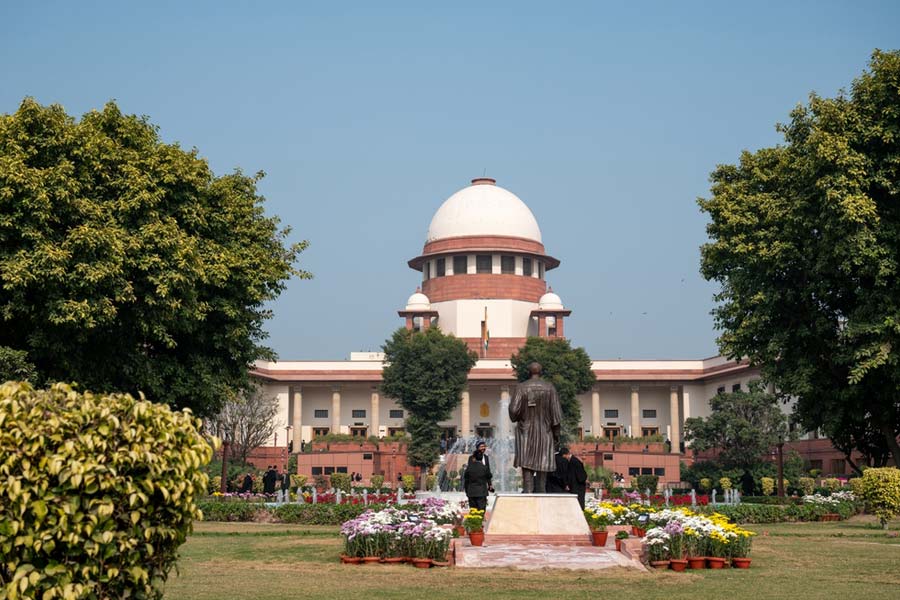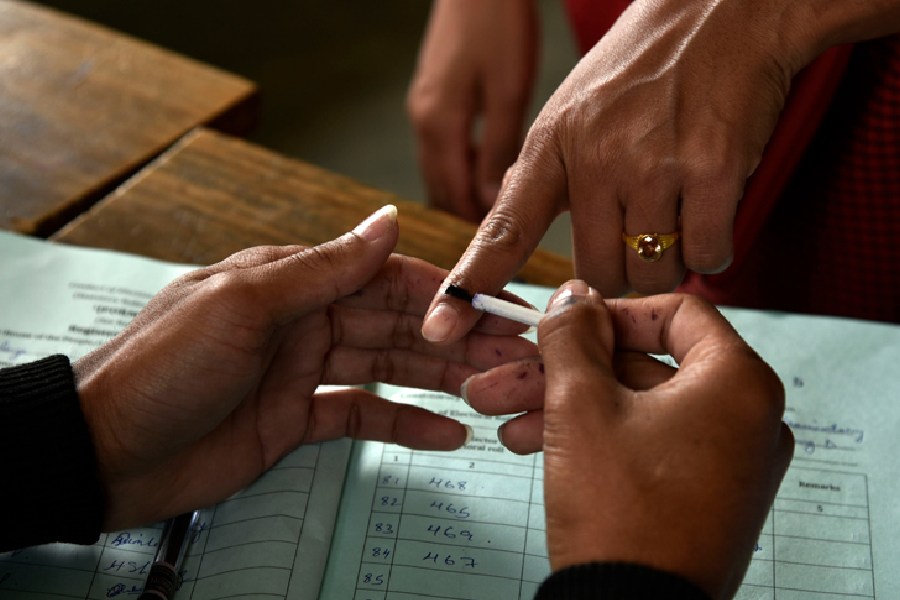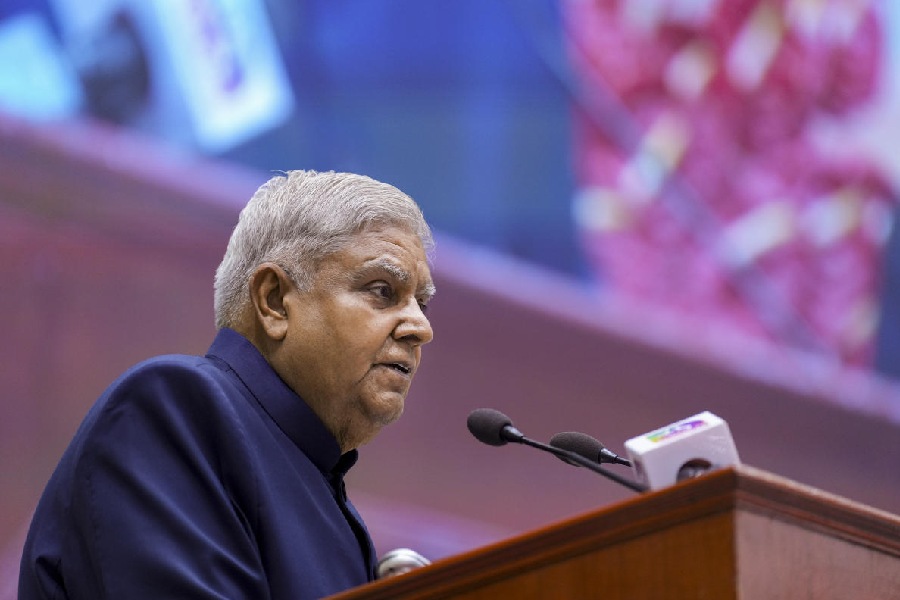Imphal, April 9: A small, neglected village of Manipur tucked along the Indo-Myanmar border and tracing its history back to the 1819 Burmese invasion, has caught the eye of Manipur University researchers as a prospective tourist spot.
The Centre for Study of Social Exclusion and Inclusive Policy, Manipur University, which discovered the prospect of Kwatha during a recent study, has drawn the government’s attention for developing it.
Kwatha, which has 61 households and a population of 370, is a remote village 20km from Manipur’s border trade hub of Moreh and 129km from the state capital.
Thiyam Bharat Singh, reader of the centre who headed the study team, told this correspondent, “Kwatha could be developed into a tourist spot and a museum can also be developed because of its historical links.”
Kwatha villagers are believed to be descendants of Meiteis who fled the marauding Burmese army in 1819.
The Burmese had invaded Manipur several times but this invasion during the reign of Maharaja Marjit Singh is particularly important as it was followed by the “seven years devastation” (1819-26), Bharat Singh said.
During the seven-year Burmese occupation, many Manipuris were taken to Myanmar as forced labourers. Kwatha houses the descendants of these Meiteis as well as Scheduled Caste Meiteis.
This geographical piece of history, however, has suffered prolonged neglect, resulting in deprivation and poverty.
“Kwatha village, some of whose inhabitants belong to Manipur’s marginalised groups, has been neglected for years resulting in underdevelopment and a low level of living conditions,” Bharat Singh said.
There is acute lack of doctors, medicines and road connectivity, causing high mortality. An Assam Rifles post located nearby provides medical facilities to the villagers from time to time. The villagers depend on agriculture for a livelihood.
The study estimated their average per capita income at Rs 27.20 per day.
The report of the study calls for “immediate attention of the state government” to develop this border village as a tourist spot not only for economic development but also to instil a sense of belonging among the villagers and end their alienation.
The study has found that the village has enormous potential for economic development, as it is rich in forest resources, including timber. Besides, the village can be developed into another border trade centre for trading with Myanmar, Bharat Singh said.










